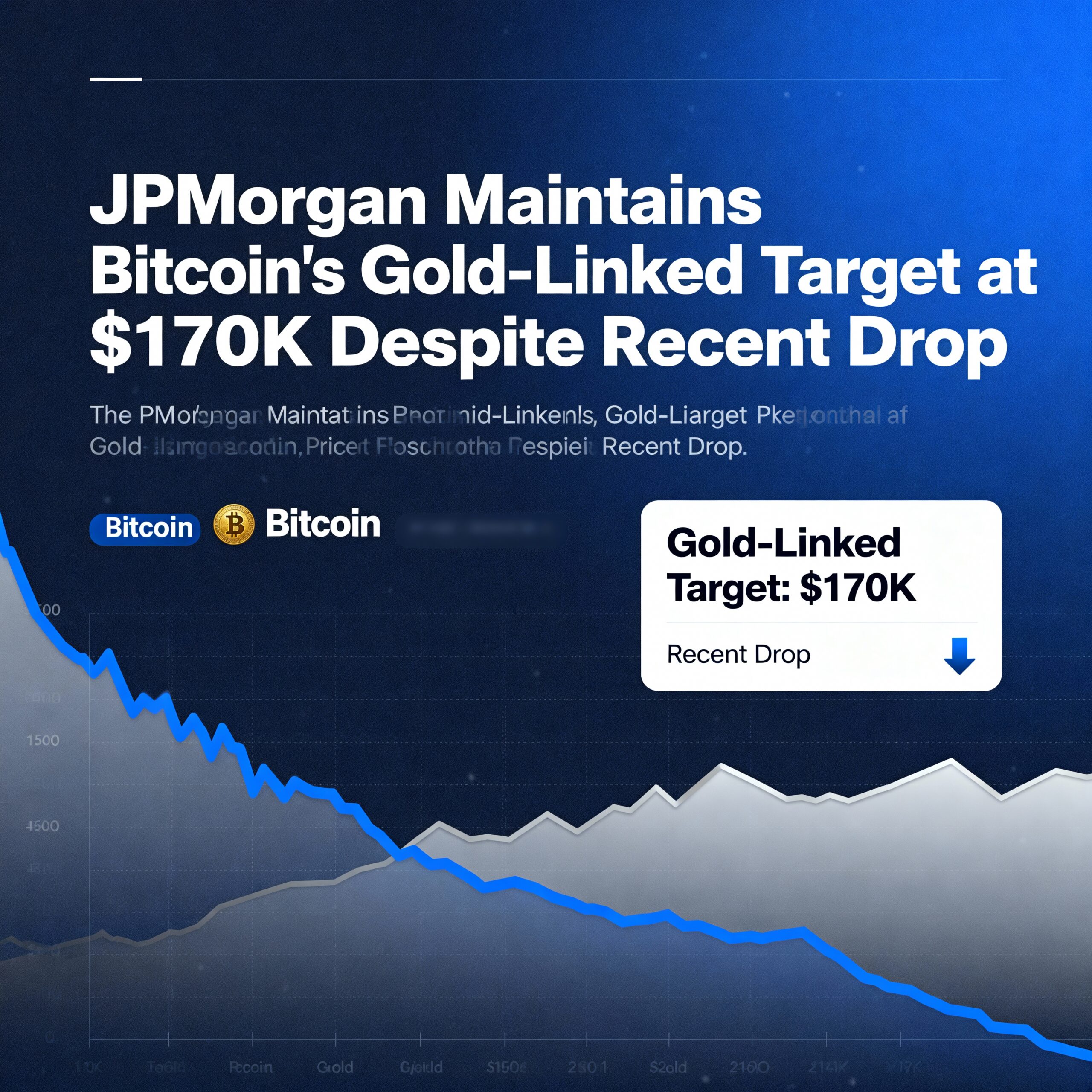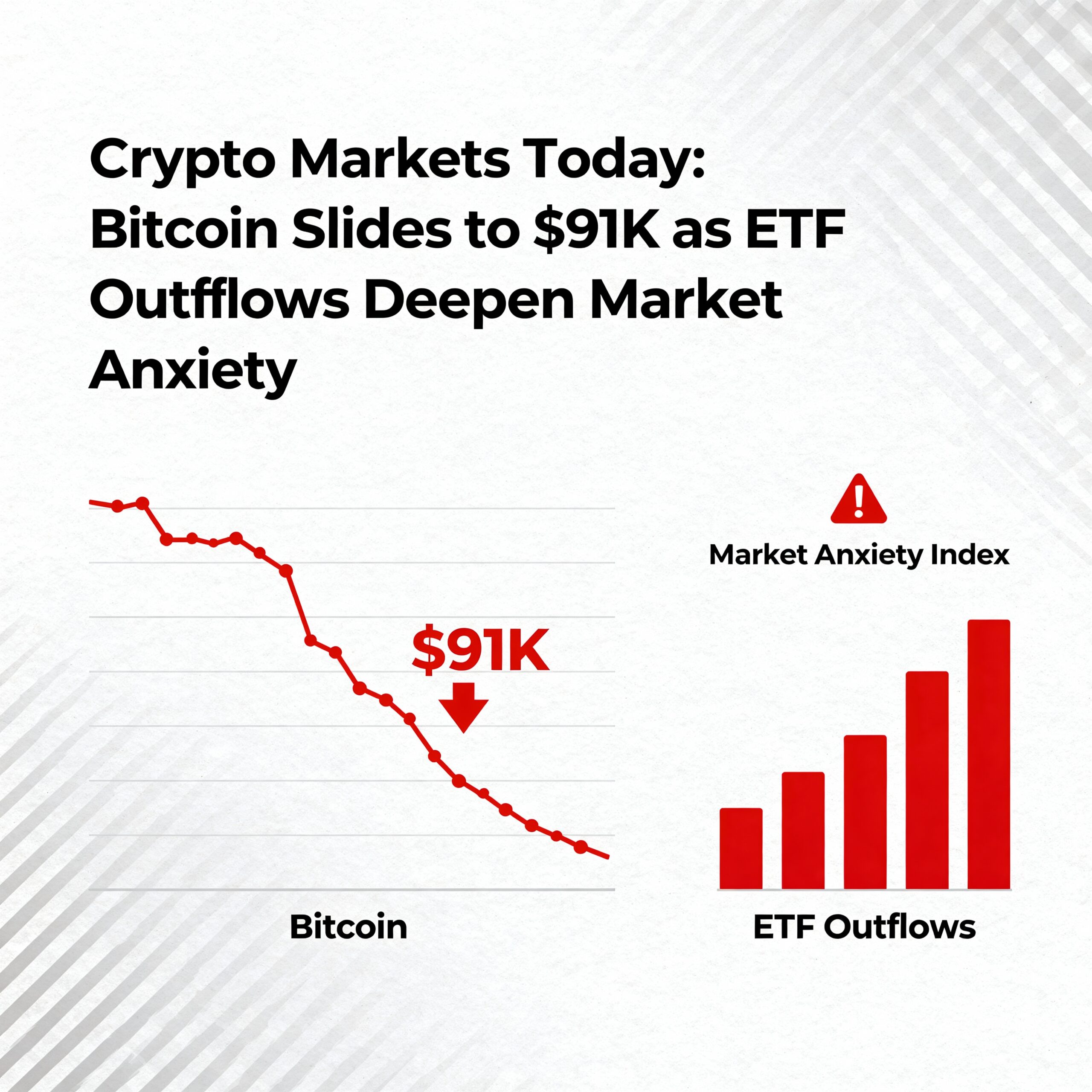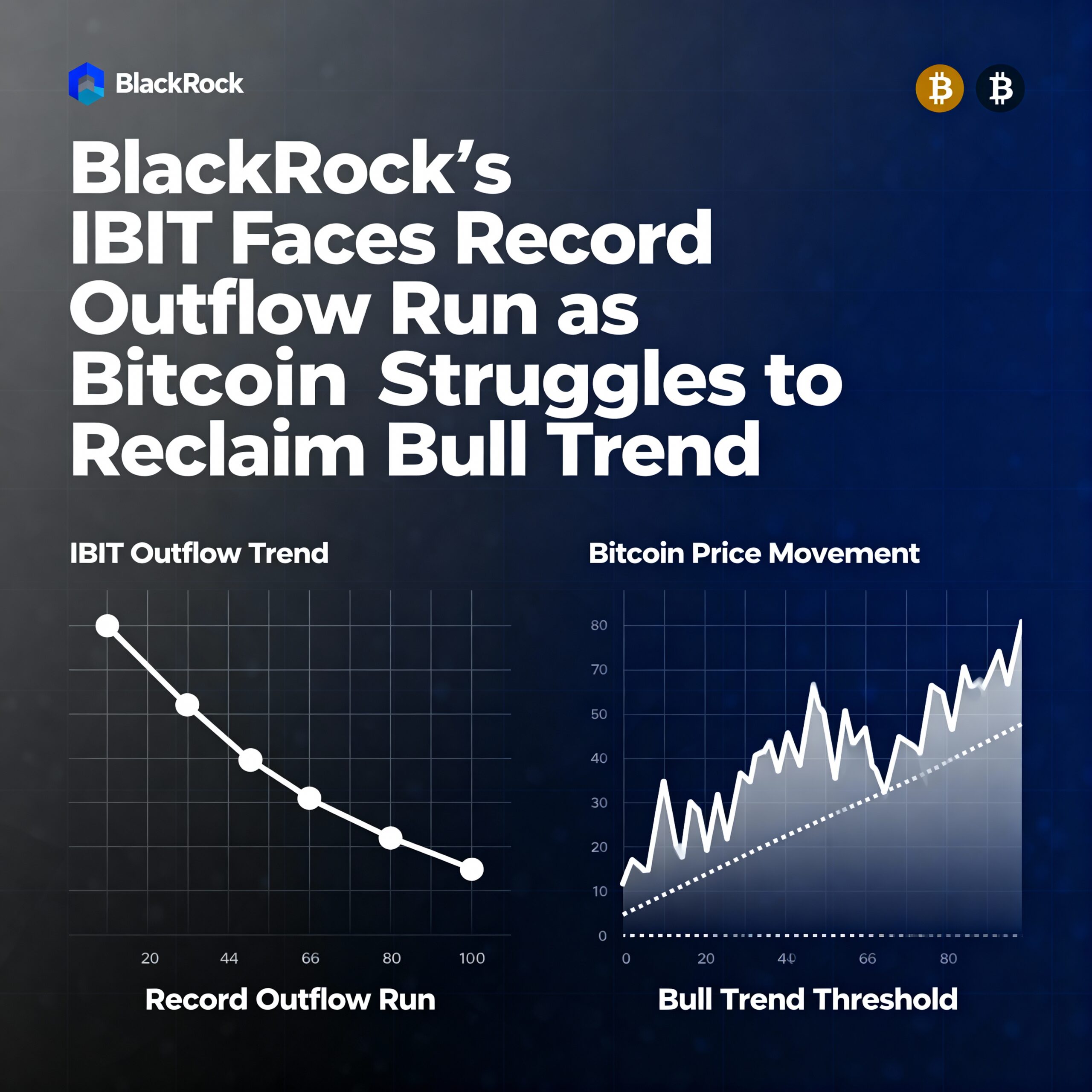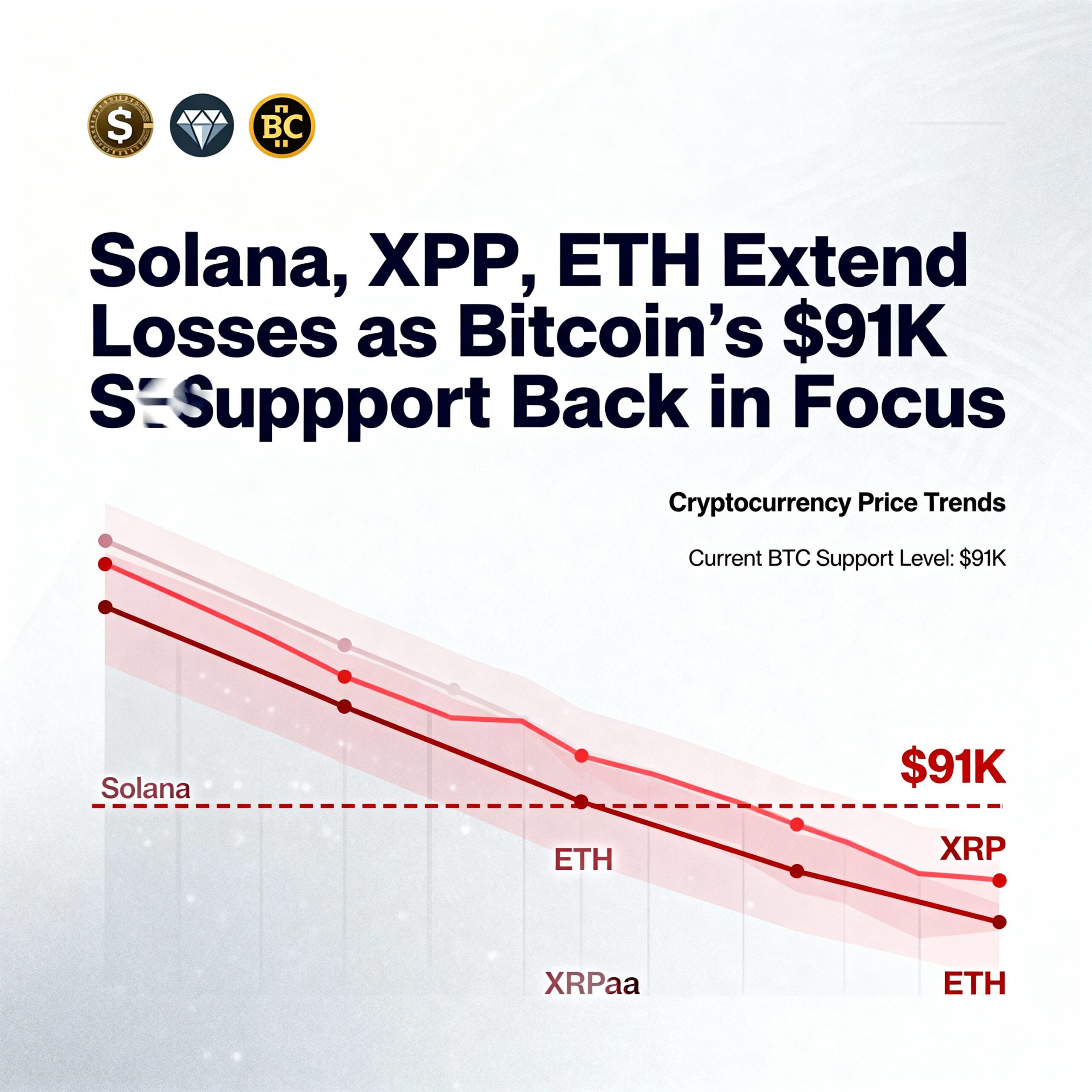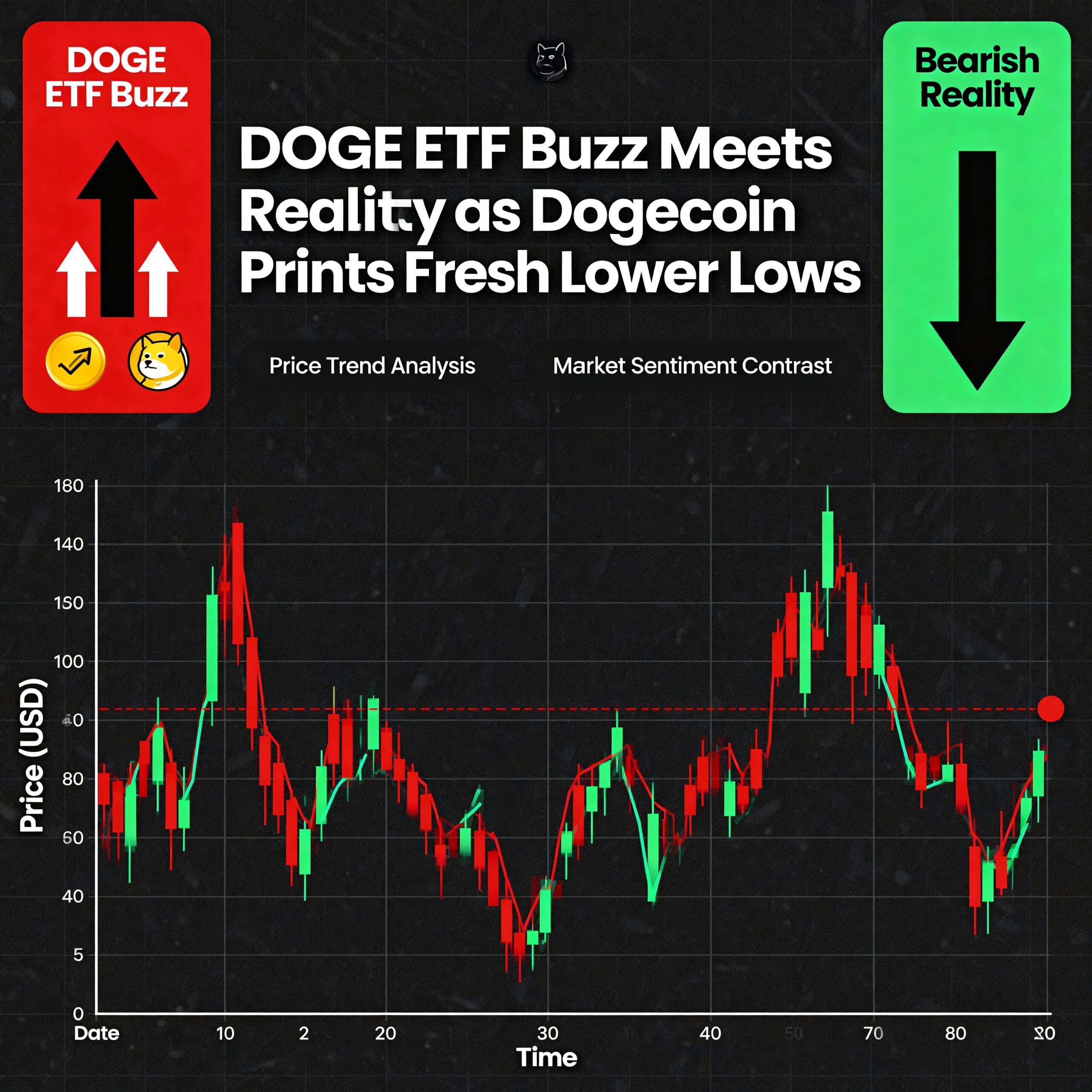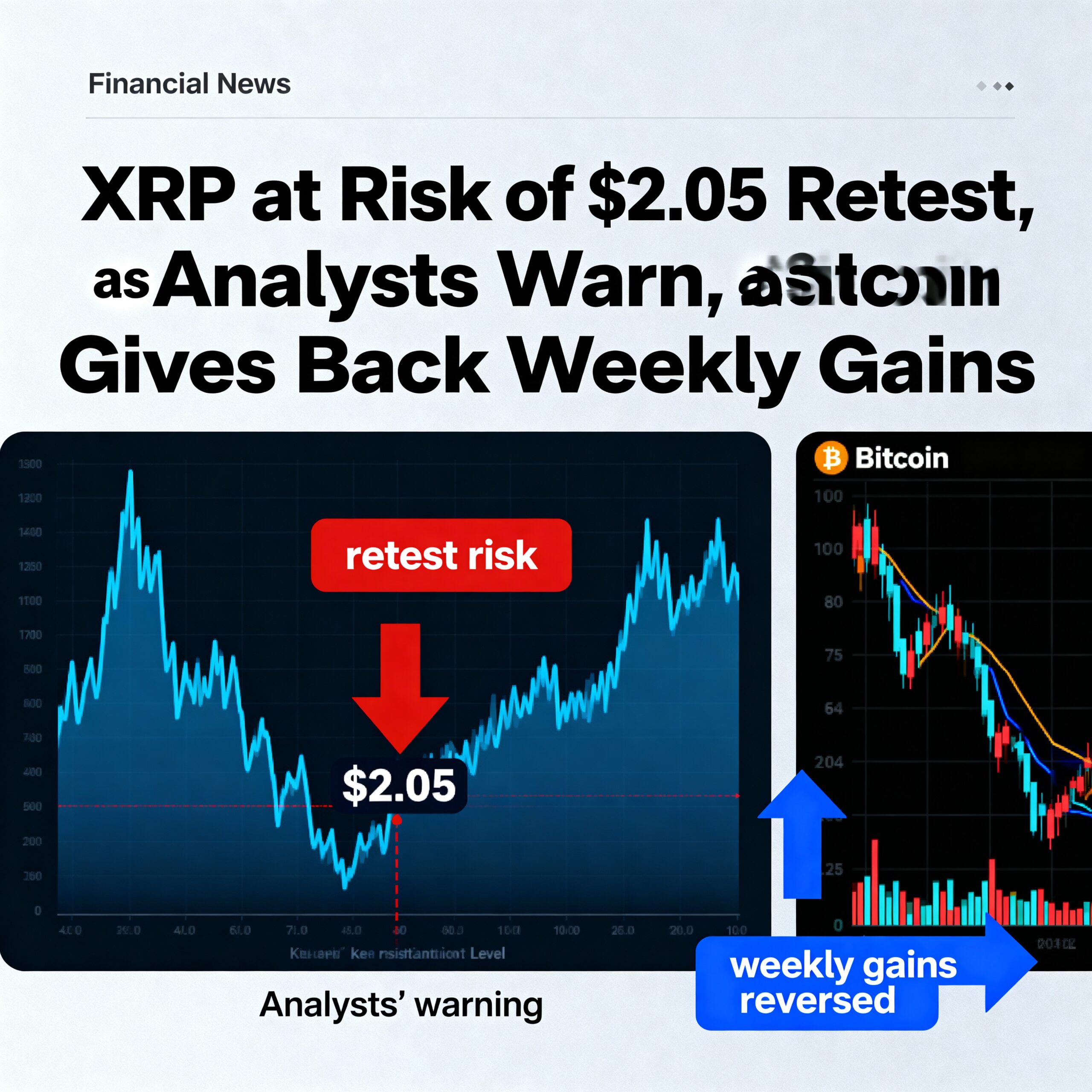
Stablecoins Could Cut Cross-Border Payment Costs by 99%, KPMG Says
Institutions are increasingly exploring stablecoin technology to reduce costs, accelerate settlement, and unlock liquidity in the $150 trillion global payments market, according to a report from KPMG last month.
Currently, banks rely on a correspondent banking network that moves roughly $150 trillion annually. The system typically takes two to five days to settle, involves multiple intermediaries, and costs $25 to $35 per transaction, the report noted. To ensure liquidity, institutions must maintain large balances in nostro and vostro accounts, a process that ties up capital and creates inefficiencies—problems stablecoins are well-positioned to solve.
From Days to Seconds
Stablecoins are cryptocurrencies pegged to assets like the U.S. dollar or gold, with Tether’s USDT and Circle’s USDC leading the market. KPMG highlighted that blockchain-based stablecoin solutions can reduce settlement times from days to minutes—or even seconds, depending on the network. Transaction costs can also drop dramatically, in some cases by more than 99% compared to traditional rails.
Lower prefunding requirements free up trapped capital, improving liquidity and allowing institutions to deploy resources more efficiently. Additionally, these networks offer real-time tracking and auditability, increasing transparency and aligning with evolving regulatory expectations.
Early Adoption by Major Institutions
KPMG noted that some financial institutions are already moving significant value on blockchain rails. JPMorgan processes around $2 billion in daily transactions via its blockchain platform, while PayPal, which launched its stablecoin in 2023, has grown the token’s market capitalization to $1.17 billion.
These examples demonstrate early adoption and a clear market appetite for stablecoin-powered cross-border payments, highlighting how digital assets are reshaping global financial infrastructure in practical, revenue-generating ways.

